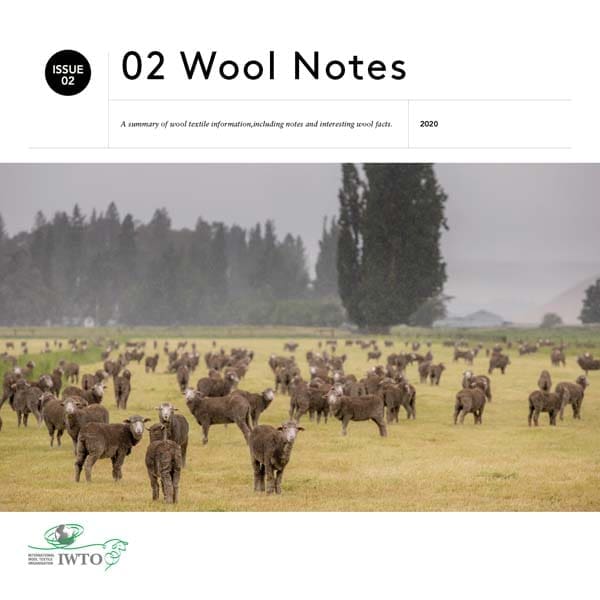The business of growing wool
Agriculture is a business and wool sheep farming is no exception. Like all of us, woolgrowers multitask many activities throughout the year, managing their sheep and pastures to produce plenty of wool and keep their livestock and natural resources healthy.
A farmer’s largest cost is the land. The value of agricultural land is directly linked to the availability of water, topography, natural weather patterns in the area and proximity to market.
High value land costs more and a farmer with highly desirable land will choose the crop that gives the greatest income. What makes land valuable? A reliable water source.
Top crop choices are usually something edible: rice, cow’s milk, beef, pork, or chicken. When edible crops cannot be grown, wool sheep might be the best option. Farmers are often in the business of wool sheep because it is the best option left for their type of farmland. Raw wool prices cannot compete with the market value of edible crops.
Key farm management skills:
- Best practices in animal husbandry and preserving biodiversity
- Financial skills such as budgeting and managing cash flow
- Ongoing professional development such as workshops or courses on the latest production methods and technology
- Maintaining infrastructure: fences to care for, water troughs and pumps and machinery to be checked, cleaned and repaired

